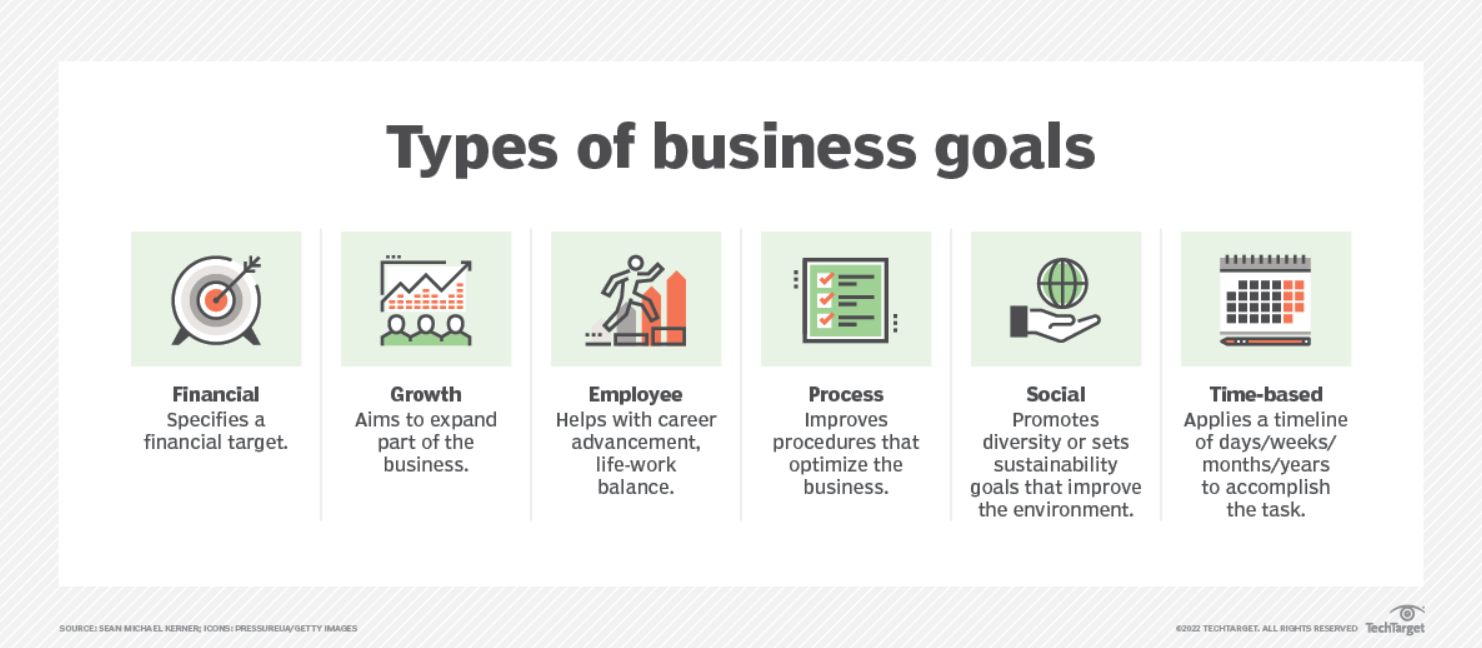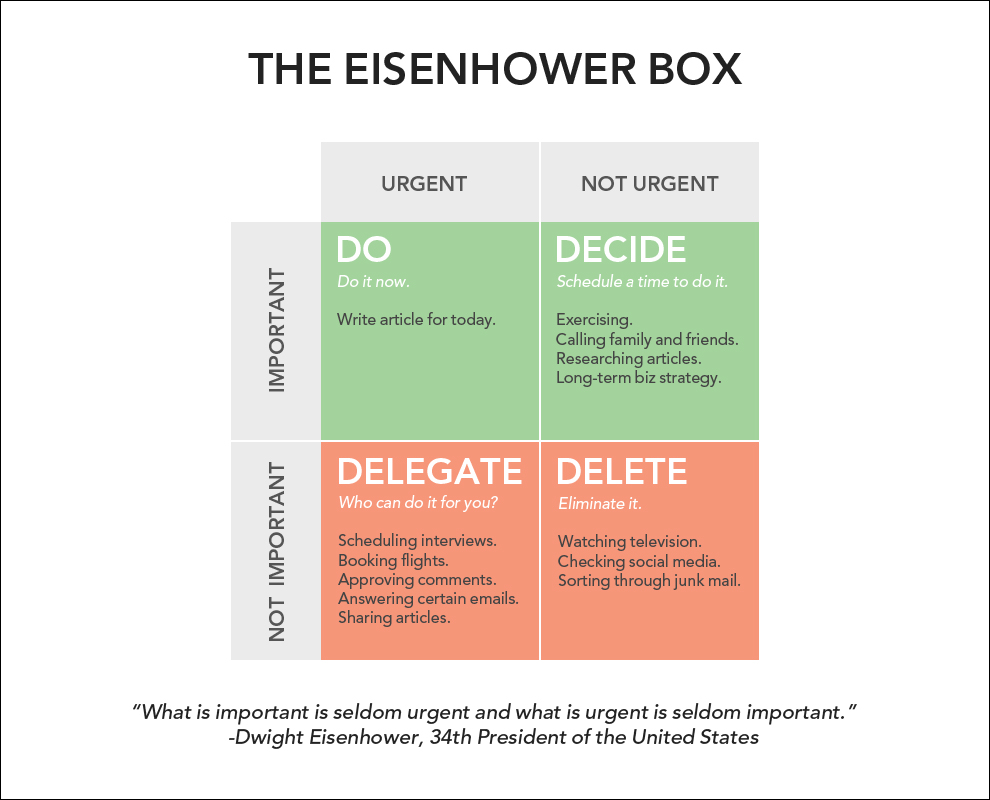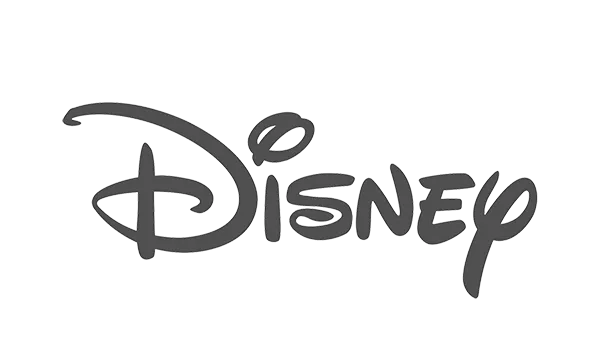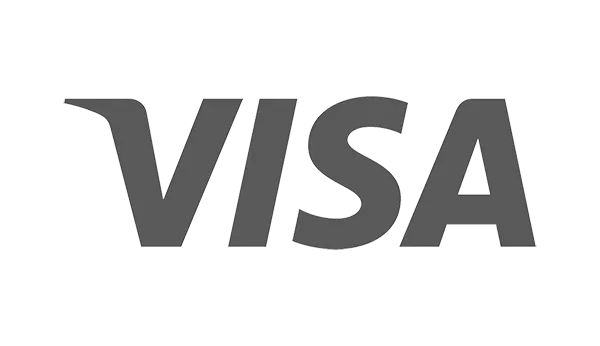There is no shortage of tactical work to be done in the HR profession. Leave paperwork, workers' compensation claims, benefits administration, employee conflicts, and similar inquiries can feel like they’re coming in like an avalanche at times. How do you actually pull yourself out of execution mode and make a real strategic impact on the people side of the business?
What is HR Strategy?
An HR strategy is a comprehensive plan or framework developed by an organization to optimize its workforce in alignment with overall business goals. It takes into account the dynamic nature of the workforce and the external business environment, adapting plans as needed to meet evolving challenges and opportunities. If you feel like “strategy” is hard to define, you’re not alone. Many people fall short of giving an actual definition and instead default to a statement to the effect of: “I know it when I see it.”
Think of it this way: in sports, teams have strategies for offense and defense to work together for overall success. Similarly, an HR strategy is a high-level plan that helps the organization succeed by managing its people effectively.
A key point to note about strategic HR management is that it is comprehensive and synergistic. A strategy that covers how to motivate and optimize the folks in one business unit of many is not comprehensive. A fragmented strategy, where the action plans constantly conflict with one another’s success, is not synergistic. We’ll explore both of these concepts further in the sections that follow.
How to Develop an HR Strategy, Step-by-Step
To develop an effective HR strategy, it is necessary first to identify the broader business objectives. Then, the businesses’ strengths and weaknesses should be analyzed, and HR-specific objectives should be set based on those findings. Finally, an action plan should be created which, if followed, will maximize the impact of the HR strategy.
Step One: Take Stock of the Business’s Goals
The first step in developing an HR strategy is understanding the business’s broader objectives. What does the business want to be “when it grows up”? What revenue goal would it like to reach, and when? What impact does the organization aim to have on the world? If your business hasn’t clarified answers to questions like these, it will be difficult to develop an HR strategy that supports a definitive direction.

Key takeaway: Most people need to start with a lofty, big-picture goal to maintain their mindset in the high-level world of strategy development. Collaborate with other business leaders to get crystal clear on the one to two top goals the business will achieve in a defined period of time. Consider bringing in an outside advisor to help set a strategic plan if those capabilities don’t exist in-house.
Step Two: Consider Strengths & Gaps
Once the goal and overall direction are clarified, considering the organization’s strengths and anticipated obstacles is usually the next step people take. This step involves asking questions like:
- What are we doing well?
- What are our core competencies as an organization?
- What types of goals are we already capable of meeting today and/or could meet with minimal extra effort?
- What types of threats in the market could interfere with the accomplishment of our goals?
- What weaknesses in our current capabilities would we rather not expose?
- If we had an opportunity to expand in a particular way, which of those ways would be more of a stretch for us?
Most organizations get a cross-functional group of people together to collaborate on answering questions like these, given that we all tend to see things from our own lens. Someone working in IT, for example, might come up with items on their list that are more related to cybersecurity, software, and user adoption.
For someone in marketing, their answers may touch on areas like market reach and client segmentation. For someone working in HR, the focus areas typically become more people-related.
Key takeaway: Conduct an honest, high-level audit of your organization’s strengths and areas for development to meet key objectives. Pull in a group that will reflect a variety of perspectives, but keep the conversation at the “3,000-foot” level to avoid getting caught in the weeds. Tactical action plans can be decided later.
Step Three: Setting HR Objectives
After you've asked: “What do we, as an organization, want to do?” and “What can we do today?” That’s when the real HR strategy work begins to come in.
As we discussed earlier, start with the end in mind. What are the areas or “buckets” in which you tend to group your HR efforts? For example, the list may include areas like:
- Training and maximization of capabilities
- Development and succession planning
- Employee engagement and retention
- Talent acquisition experience and new hire selection
- Inclusion, diversity, and equity
- Total rewards
- Job design
- Organizational design
Determine a meaningful goal in a couple areas, or perhaps even more than one goal in each area. It's ok to set a variety of goals or have a vision for an ideal state in each area. However, prioritization and resource allocation will be necessary to ensure goals are attempted that are attainable.
Step Four: Tell Me About Your Action Plan
If you take nothing else away from this piece, I hope you remember this: Your strategy is only as good as the execution plan that supports it.
Setting a strategy can be an energizing exercise and one that feels critical to the success of the business moving into the future. But a strategy without an iron-clad action plan reminds me of the saying, “A goal without a plan is just a wish.”
The best strategies are not necessarily the best because they have a brilliant, visionary idea that spans bigger and broader than the competition's. The best strategies are the best because the people behind the strategy had the will, planning, determination, and perseverance to see that strategy into reality. They were relentless in the precision with which that strategy was executed.
If someone asked me, “How strong is our strategy?” My first request would be to see their execution plan.
Examples of HR Strategy
After you’ve considered what an HR strategy means for your organization, you’ll determine which areas you’re performing well in and which areas require greater investment and planning.
Practically speaking, your action plan, the embodiment of your HR strategy, will depend on whether you’re offense or defense-focused in any particular area of priority.
For example, are we trying to train people in a particular area because we aren’t keeping up with skill advancement in the market (i.e., playing defense against obsolescence)? Or do we want to train people in an emerging area so we can be market leaders (i.e., go on offense to take the lead against competitors)?
Do we want only to backfill positions as they become open (i.e., defensive strategy), or do we want to develop an internship program to develop a continuous flow of talent that will be ready to step in as full-time roles become available (i.e., offensive strategy)?
You have to decide the right balance in each of these areas based on your firm’s culture, risk tolerance, ability to invest, etc. In some areas, a defensive strategy may make sense, preventing an undesired outcome. In other areas, an offensive strategy could be a calculated risk that may end up paying off big.
As you consider your HR strategy, ask yourself questions like: If you could wave a magic wand, how would your organization be performing in each of the areas above? How would you know that each goal has been met, and thus, the foundation to achieve the overall organization’s goals has been laid?
Questions like these can help you refine the strategy, including objectives and key results (OKRs) that will determine actions to take and tell us whether we’ve succeeded.
Another actionable component of HR strategy is to look at the HR Tech and resources at your disposal. What role does your HR Tech stack play in your HR strategy? Can existing tools be used more effectively? Would investing in new HR Tech make your strategic goals more attainable?
A dedicated workforce planning software, for example, may be integral to optimizing seasonal staffing, while an applicant tracking system would improve your ability to hire at scale.
You Now Have an HR Strategy, But How Do You Execute It?
After going through the steps above, you may have created or updated your strategy. Or, you may have bookmarked this article to try to come back when you “get the time” to do the strategic items on your list.
The reality is that all of our roles involve a mix of important and urgent items. Let’s use the Eisenhower Matrix to distinguish these items.

Urgent items are the items other people are waiting on you for. Those are the leave requests, benefits questions, payroll updates, and the like that other people are waiting for you to complete because they are impacted by these tasks.
Important items are the items that are important to you–no one else is showing up at your door asking for them, but they’re important for the long-term health of the business. These may include items like updating the employee handbook, reviewing benchmarking on leave policies, performing compensation research, applying for “best places to work” awards, etc.
As you can see in the Eisenhower box below, when a task is at the intersection of “urgent” and “important,” those are tasks to do now.
When tasks are “urgent” (important to others) but not necessarily important that you do, those are tasks that can be delegated. I’d ask you to take a pause at this moment and ask yourself, “What’s one task that I can begin delegating now, and to whom?”
Too often, we fall into the habit of being the one who does something just because we’ve always been the person who does that thing.
When tasks are “important” but not urgent, they are strategic. These are the items that you need to put time on your calendar to do, or they won’t get done. Very few people in your organization will understand the impact until they move over to the “important + urgent” box.
The “important” but not urgent box is where strategy work gets done. It’s when holding yourself accountable happens, especially if no one else is enforcing that accountability. Thus, it’s easy to foresee how readily something could slide right out of that box, never to be thought of again, until it manifests in the form of an urgent problem that now needs to be addressed right away.
So, back to our original question: Once you have your strategy, and it’s clearly outlined and measurable, how do you execute it?
In short:
- Make the time. Too often, people assume the time will come or someone will come asking, which will prompt action. But I implore you to start by setting a dedicated time on your calendar that you use to hold yourself accountable for execution.
- Share the goals with others. Even if you are the only one responsible for executing your HR goals, set a cadence for reporting to others. Don’t hide from accountability. Use these milestones as opportunities to share progress, acknowledge and thank collaborators, and get support if action plans are stalled. Win as a team, lose as a team— though ensure you are not deflecting accountability when it really should lie with you.
Final Thoughts on HR Strategy
An HR strategy is a roadmap that guides the organization in enhancing productivity, fostering employee engagement, and contributing to the business's overall success.
Without a strategy, organizations are just hoping to fall into tactics that ultimately yield organizational success—that is, if leaders can even agree on what “success” means. Setting a strategy is a proactive, forward-thinking way to control the destiny of the business and potentially achieve desired outcomes more quickly and effectively.
Every strategy looks a little bit different, and there are many “right answers” to how things should be done. What’s important is setting goals that feel specific to the business, attainable, and best for the long-term health and success of the business.




















